PROFINET Application Profiles
PROFIBUS and PROFINET International (PI) working groups develop Application Profiles for seamless device integration. These profiles ensure open, interoperable, and interchangeable devices. PROFINET Application Profiles are versatile standards enhancing device consistency across manufacturers. They're applied to PROFINET devices, unifying behavior across brands and industries.
Application Profiles are optional enhancements, not obligatory for all PROFINET devices. When implemented, they prescribe specific features for consistent performance. General and Specific Profiles cater to various applications, from safety to energy management.
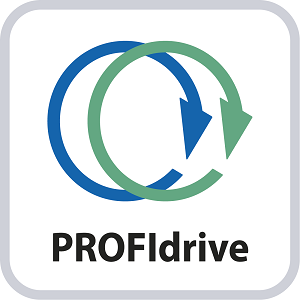
PROFIdrive
PROFIdrive is a powerful and mature drive control profile for any kind of application and industry usage. Based on its modular structure and manufacturer-independent device profile, PROFIdrive is easy to handle, highly scaleable by its fine granular six-level structure and defined to achieve an utmost interoperability level.
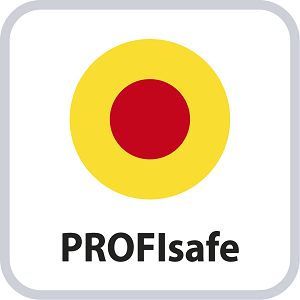
PROFIsafe
PROFIsafe is the leading technology for use in all areas of discrete manufacturing and process automation for the transmission of safety-relevant data. With several million nodes installed, PROFIsafe technology has established itself in the market in a leading position for safe communication systems.
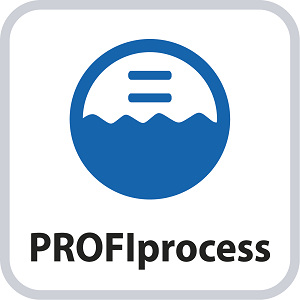
PROFIprocess
PI provides different PROFINET profiles for Process Automation, such as PA Profile 4, RIO for PA (Remote IO) and RIO for FA. With PA Profile 4 further simplification and faster management of field devices for example during commissioning, maintenance and device replacement will be achieved.
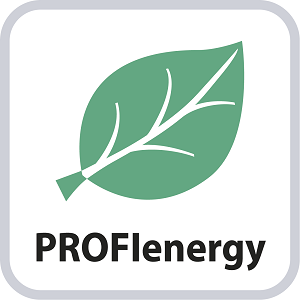
PROFIenergy
PROFIenergy represents a pioneering approach to energy efficiency in industrial settings, focusing on dynamic power management. By dynamically controlling the power state of machines and systems, PROFIenergy minimizes energy wastage during idle or standby phases, significantly reducing operational costs.
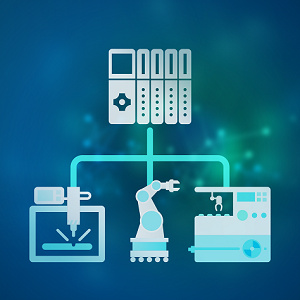
SRCI
SRCI over PROFINET allows for efficient robot programming in a PLC engineering environment. Users can write a complete machine program, including robots, and thus integrate the robot program and operation into the machine (PLC). With over 115 robot functions offered by SRCI, the user can call these functions in the PLC.
